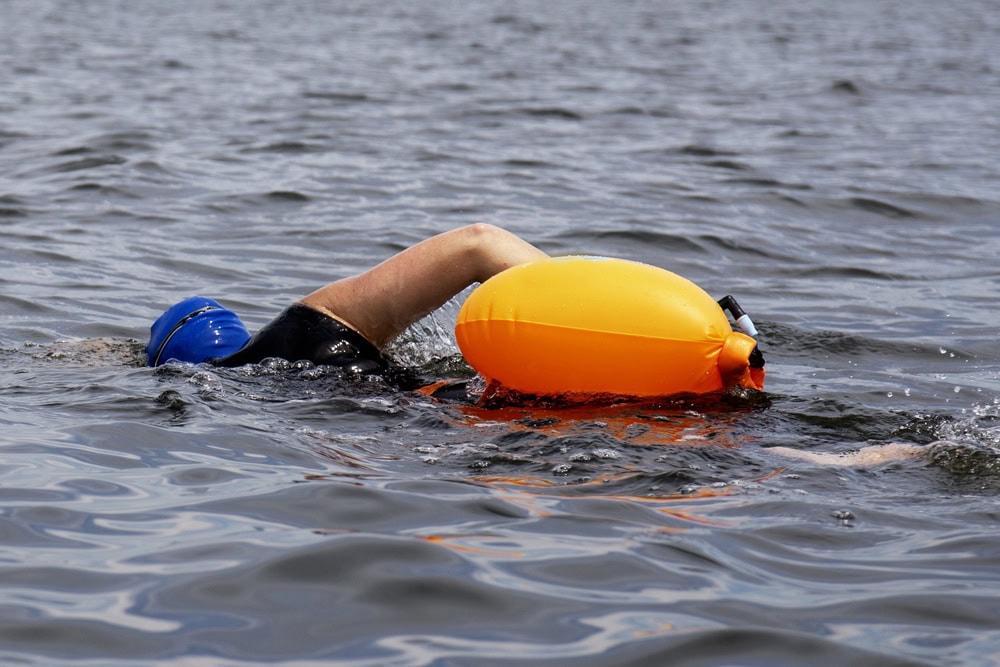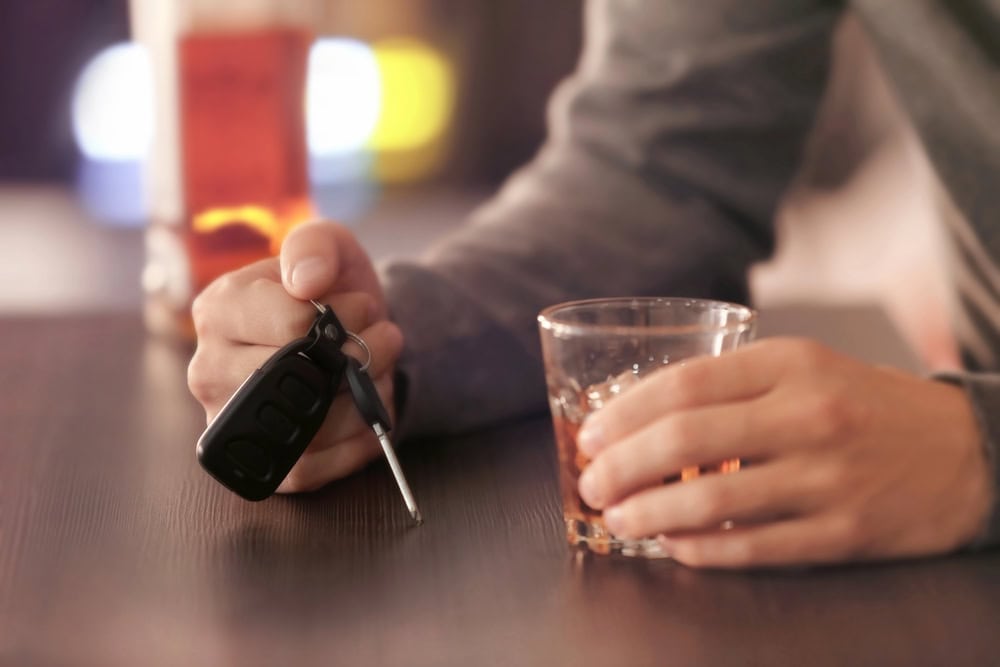Safety in the water: buoyancy aids save lives
Almost 90 % of all fatal drowning accidents happen in lakes and rivers. Most of them go under suddenly and drown, even though they can swim. In such moments, a buoyancy aid provides support - and saves lives. The BFU recommends always using a buoyancy aid when swimming and bathing in open waters, and a life jacket or life jacket on water sports equipment. The SLRG swimming rules also help to minimize the risk of accidents.

Every year, 50 people die by drowning in Switzerland. Most of them have accidents in rivers and lakes. It is often not clear what exactly led to the accident - many of the victims go under suddenly, even though most of them can swim. Possible causes are overheating, cramps or tiredness. Others are swept away by the current. The SLRG's swimming rules show how to behave correctly in and around the water and how to avoid accidents.
Especially on a beautiful summer's day, many people underestimate how quickly a relaxed situation can become dangerous. Alcohol and drugs lower the inhibition threshold even further. Recklessness and exuberance can turn water fun into bitter seriousness in a flash. Then even good swimming skills are no longer enough to keep you afloat.
Buoyancy aid provides air in an emergency
In an emergency, a buoyancy aid can save lives. Buoyancy buoys or life jackets, for example, are suitable. When stand-up paddling, the BFU recommends wearing a life jacket or buoyancy aid, and a life jacket on rubber boats. There are lightweight models that are comfortable to wear even in the heat and inflate immediately in an emergency, for example using a ripcord.
Important: In rivers, buoyancy aids should never be attached to the body with a line unless the connection has a predetermined breaking point. This is because if you get caught on an obstacle, the current can push you under water. In such situations, it must be possible to quickly detach yourself from the buoyancy aid. There are special designs in which the buoy automatically disconnects from the line when a certain pull is reached.
The most important tips for Bathing and swimming:
- Observe the SLRG swimming rules
- Keeping an eye on children - the little ones within reach
- Use buoyancy aids in open water (e.g. floating buoy) and never swim alone
- Abstain from alcohol and drugs
- Anyone who does not feel 100 % healthy and fit only swims in the supervised pool.









